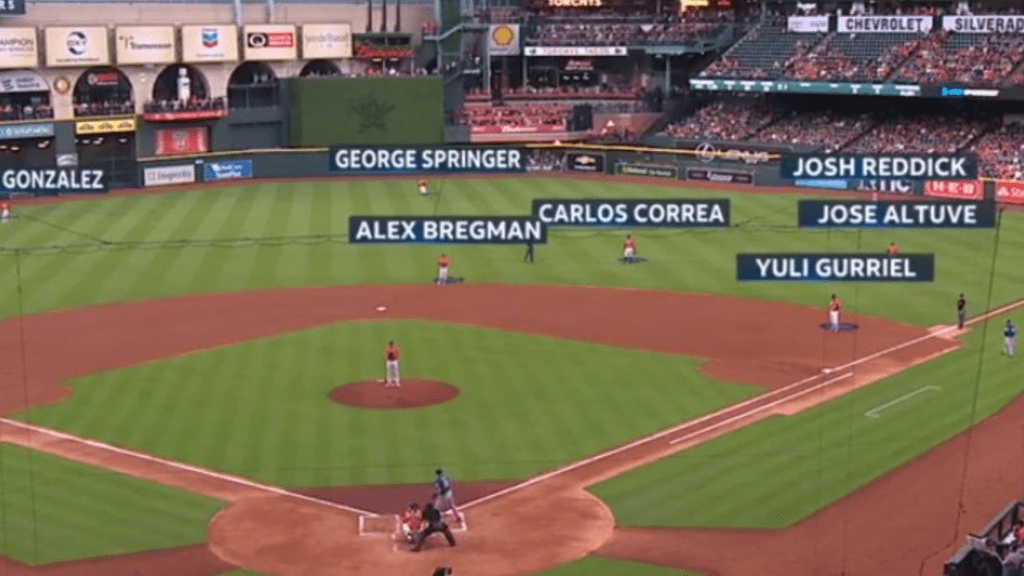Urban
Hall-of-Famer
- Joined
- Apr 29, 2009
- Messages
- 7,940
- Reaction score
- 11,047
- Points
- 123
This would not be my takeaway. It's hard to imagine Jose being a significantly better hitter and is quite frankly unrealistic. But he should definitely benefit since he has been one most shifted on players in baseball over the last 3 seasons (as a LHH)Jose won't be affected from the left side because his wOBA is about the same whether they shift or not.
There is a reason why in 2018 opponents were only shifting on Jose 53% of the time, to then 72% in 2019, to now 91%, 96%, and 92% over the past 3 seasons.
The non-shift sample sizes from 2020-2022 are very small, so it's hard to take much away from them, but there is a much bigger difference between the wOBA in 2020 and 2021 than 2022

